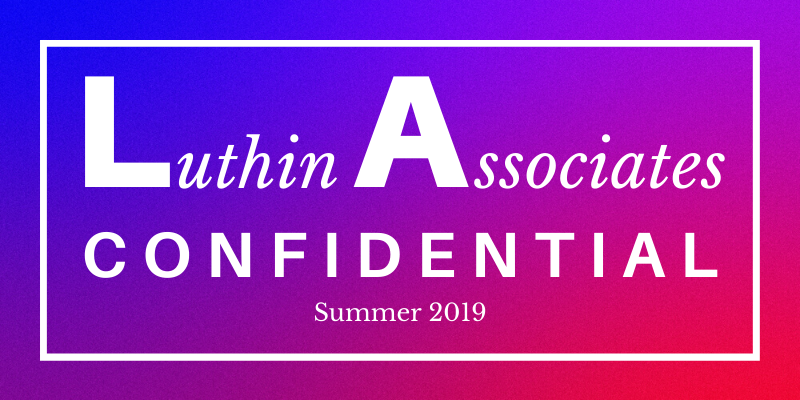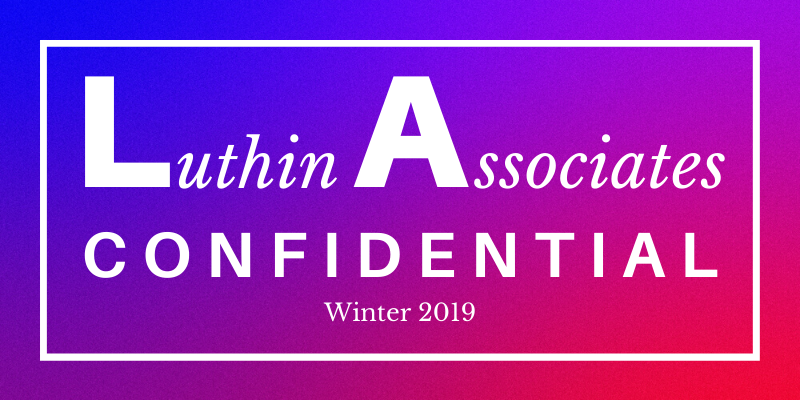As battery power storage pricing drops, new installation goals and incentive programs are emerging. New York State is pushing for 1.5 gigawatts (GW = 1000 MW) of storage capacity by 2025, and 3 GW by 2030. Utility level and behind-the-meter (BTM) projects promoted through equipment rebates and power price adjustments under the Value of Distributed Energy Resources (VDER) process. The Federal Energy Regulatory Commission’s (FERC’s) Order 841 offers access to wholesale power markets by mandating Independent System Operators (ISOs) create rules for entry and valuing of power storage capacity.
3 min read
Will Power Storage Incentives Be the Key to Expanding Renewables?
By Luthin Associates on June 27, 2019
Topics: Newsletters Resiliency
3 min read
Will New York City's Climate Mobilization Act Save the Big Apple?
By Luthin Associates on June 27, 2019
Cities and states are moving ahead to fill the void left by federal inaction on global warming. On April 18, 2019, New York City’s government approved a Climate Mobilization Act designed to deepen and accelerate that effort. While hailed by many as a strong thrust toward reducing the City’s overall carbon footprint, some have expressed concern regarding its potential costs and ability to meet goals.
Topics: Newsletters
2 min read
Will Electric Vehicles (EV) Transport Us to a Clean and Green World?
By Luthin Associates on June 27, 2019
2020 may be the year of the electric vehicle (EV). Dozens of new models are available, and major car manufacturers are jumping on the EV bandwagon. As the power grid becomes cleaner, fossil-fueled transportation is now the largest greenhouse gas (GHG) contributor in the U.S. It is quickly becoming the new target to cut personal, community and national carbon footprints. More than 1 million EVs are on U.S. roads and price discounts abound, but get them before the “sunsets” on this popular industry trend.
Topics: Newsletters
1 min read
Factoid: Changes to Environment Disclosure Labels
By Luthin Associates on June 27, 2019
As estimated by NYSERDA’s Environmental Disclosure Label data for NY State, alternative sources of energy are on the rise. Comparing 2014 data to that available in 2017, hydroelectric sources went from 5% to 9%. Meanwhile, the use of natural gas went from 56% to 42%.
Topics: Newsletters
7 min read
May 2019 - Quarterly Market Letter
By Jon Moore on May 6, 2019
On behalf of the team at 5, I am pleased to forward our market letter for the first quarter of 2019. Before addressing this quarter’s topics, I would like to welcome the team at Simplified Energy and Luthin Associates to the 5 family. Simplified significantly expands our team in Houston, and Luthin Associates puts us on the map in a big way in the Mid-Atlantic region. We are all very excited to work with Catherine Luthin and her team in the East, and Dan McCarthy and his team in Houston.
Topics: Newsletters
7 min read
January 2019 - Quarterly Market Letter
By Jon Moore on January 7, 2019
On behalf of the team at 5, I am pleased to forward our market letter for the fourth quarter of 2018. In this letter we focus on two topics, (i) the development of long-term retail contracts backed by renewable energy generation, and (ii) the pending bankruptcy of PG&E. We also provide brief updates on (i) an important change in the District of Columbia’s renewable regulations that will materially impact the price of electricity, and (ii) how energy issues fared in last November’s mid-term elections.
Topics: Newsletters
2 min read
Will NYISO Send Carbon Far, Far Away?
By Luthin Associates on January 4, 2019
The New York Independent System Operator (NYISO) wants to reduce carbon emissions from power production by charging a fee for it at the wholesale production level. The result would increase market prices, benefitting renewable and no/low carbon sources that would not have to pay the fee, but doing so could create many wrinkles in the fabric of the electricity market structure. However, discussions at various stakeholder meetings since 2017 are working to iron them out in time to initiate the fee in mid-2021.
Topics: Newsletters
2 min read
Han Solo's Engine Room May Be Changing
By Luthin Associates on January 4, 2019
Combined Heat and Power (CHP), also called “cogeneration”, has been around for more than a century. In parts of Europe and Russia, many central power plants produce both electricity and heat for nearby factories, office buildings, and apartment complexes. One of the first CHP systems installed in New York City was in 1929 in the New Yorker Hotel on 8th Avenue. In the last 20 years, more than a hundred systems have been installed around the City.
Topics: Newsletters Resiliency
4 min read
Which is Easier to Understand - VDER or Wookie?
By Luthin Associates on January 4, 2019
For years, on-site power producers (i.e. solar panel systems) in New York were compensated by utilities for excess electricity they injected into local grids (instead of being used on-site) based on a Net Energy Metering (NEM) rate equal to the utility’s all-in electric rate.
Topics: Newsletters Resiliency
1 min read
Factoid: The Powerful Force of Solar Energy
By Luthin Associates on January 4, 2019
Happening currently, in a galaxy not so far away, is solar energy innovation. While solar energy is an expanding field, its usage is low compared to fossil fuels. Solar accounts for 2% and fossil 60% of US power, respectively. Limitations for solar power include storage costs and accessibility to sunlight. However, recent developments may further enhance solar power’s capacity.





